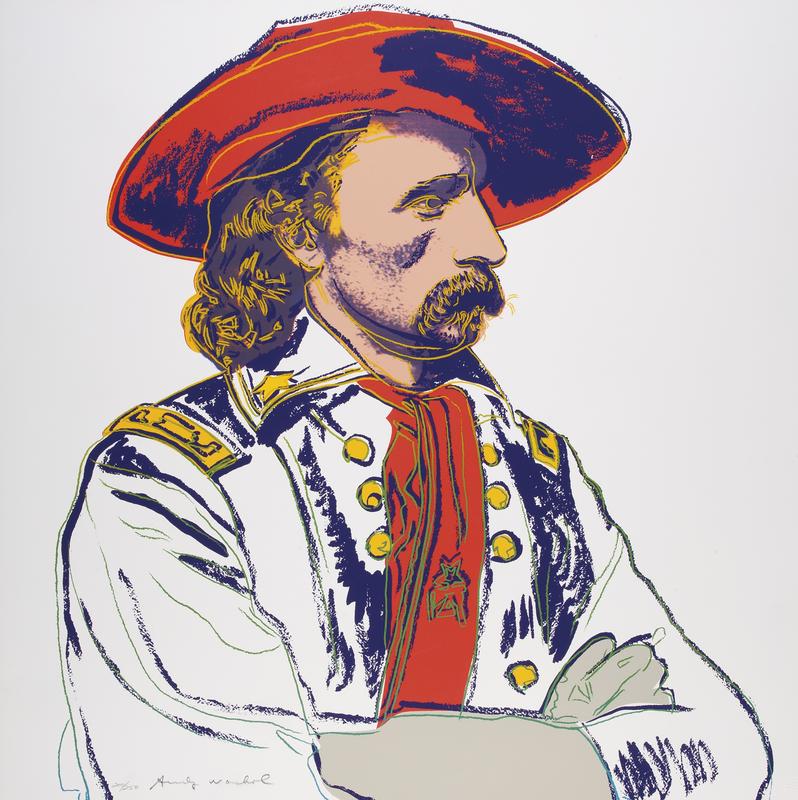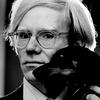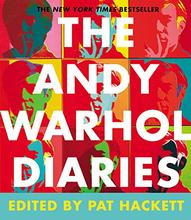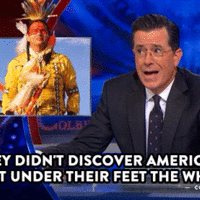More about General Custer (Cowboys and Indians Series)
- All
- Info
- Shop

Contributor
General Custer gets a pop-art makeover that doesn’t improve his personality
Andy Warhol, silver-wigged hoarder and eccentric Pop-Art superstar of the ‘50s through ‘80s, created this sour-faced screenprint of General Custer in 1986. The piece depicts a rather unfortunate mustache to rival Alonzo Cano’s. The colors are almost as delightfully gaudy as those of the Gold Marilyn Monroe, harkening back to fond memories of highlighter shopping in the second grade.
The subject of this serious number is George Armstrong Custer, who was rewarded for his chilling displays of violence with adoring fans and far too many kitschy statues. An obnoxious young Custer performed dismally in school, came in last in his grade, and had his first court-martial soon after. Giving new meaning to being unqualified for a job, the twisted gentleman was rewarded for his incompetence with Civil War officership. Custer continued his grizzly rise to fame as a butcher on the battlefield, remaining committed to his passion for fashion throughout his gruesome career. Custer’s gaudy accessories and signature long blond locks are on full display in Warhol’s print, so vivid a viewer can nearly smell the cinnamon oil Custer used as hair perfume. Apparently, avoiding sunburn with his iconic wide-brimmed hats and adding a bit of gold lace to a bland uniform was enough to convince Custer’s fans that he was the tasteful war hero dreams were made of. Custer’s ruthless strikes on Native American villages and his execution of deserters without trial were conveniently forgotten as he joined the ranks of American heroes who shouldn't have been.
A notorious hoarder, Warhol filled 610 boxes with choice porn, rotting pizza, used condoms, and a particularly pleasant mummified human foot. These thrilling care packages (eerily similar to van Gogh’s ear gift) are no more puzzling to critics than the Cowboys and Indians series. Figures like John Wayne and General Custer are displayed with Native American portraits and symbols. Some criticize the works for playing in to stereotypical visions of the American West, while others believe the juxtaposition is an intentional jab at sugar-coated American nostalgia. Did Andy Warhol, posthumously dubbed “Pop-Art’s bad boy” by the BBC, bend the rules a little too far with this series of prints? Or is a controversial look on history to be expected from a man who made sure to save for us his thirty year old condoms and a tasteful array of toenail clippings?
Sources
- "Andy Warhol Biography." The Andy Warhol Foundation for the Visual Arts. 2016. Accessed May 20, 2017. http://warholfoundation.org/legacy/biography.html.
- “Andy Warhol: Cowboys and Indians.” Mint Museum. 2017. Accessed May 20, 2017. https://www.mintmuseum.org/art/exhibitions/detail/andy-warhol-cowboys-a….
- Elmes, Simon. “The Secrets of Andy Warhol's Time Capsules.” BBC. September 10, 2014. Accessed May 20, 2017. http://www.bbc.com/news/magazine-29125003.
- “George Armstrong Custer.” PBS. Accessed May 20, 2017. 2001. http://www.pbs.org/weta/thewest/people/a_c/custer.htm.
- “General Custer (Cowboys and Indians Series).” Phoenix Art Museum. 2013. Accessed May 20, 2017. http://egallery.phxart.org/view/objects/asitem/items$0040:29033.
- Klein, Christopher. "10 Things You May Not Know About George Armstrong Custer." History. December 05, 2014. Accessed May 20, 2017. http://www.history.com/news/10-things-you-may-not-know-about-george-arm….
- Urwin, Gregory J.W. “George Armstrong Custer.” Encyclopedia Britannica. April 25, 2017. Accessed May 20, 2017. https://www.britannica.com/biography/George-Armstrong-Custer.
- Worrall, Simon. "The Troubled Minds of the Rich and Famous." National Geographic. May 16, 2017. Accessed May 20, 2017. http://news.nationalgeographic.com/2016/04/160409-famous-people-with-au….













